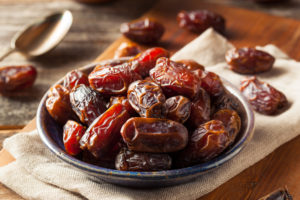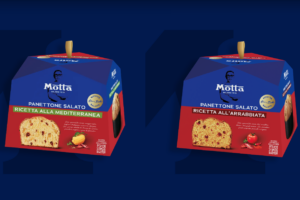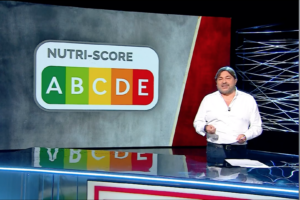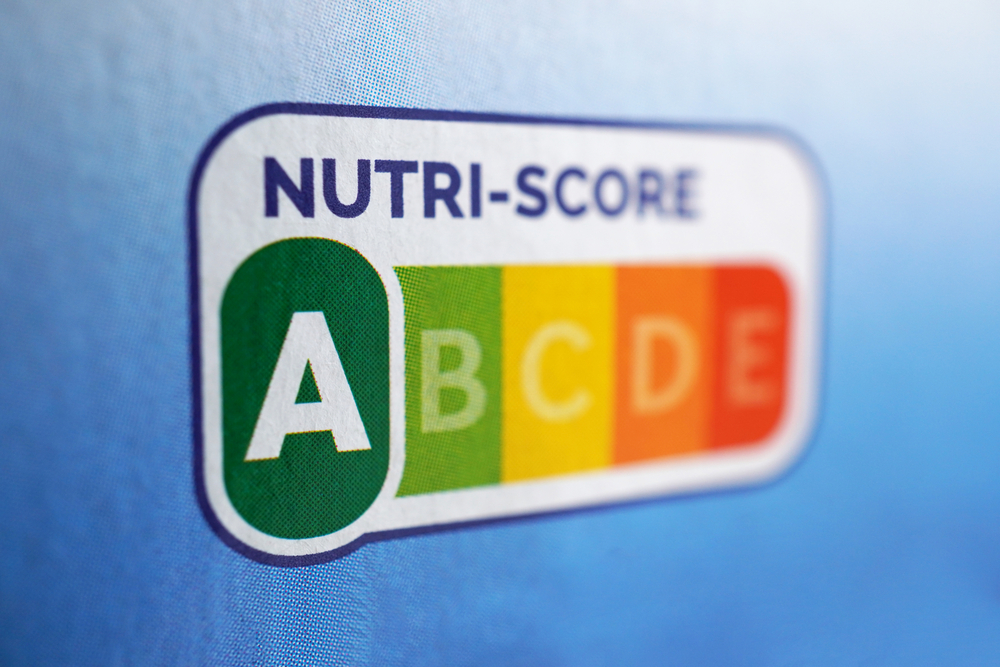
The Nutri-Score (NS) logo is advancing in Europe. It is one of the best front-of-pack labels in the world, which helps consumers interpret the mandatory label already present on the back of food packages. The system has been scientifically validated by more than 130 publications. After being introduced in France, Spain, Switzerland, Germany, the Netherlands, Belgium and Luxembourg, Portugal has now decided to adopt it. Even in Shanghai, China, they are experimenting with an imitation of the Nutri-Score.
What about Italy?
Italy has adopted the NutrInform Battery (NB): it is a front of pack label which essentially repeats the mandatory nutritional information found on the back of the packages. Therefore, it is a copy that does not simplify the label on the back of the package at all. Apart from Ferrero, hardly any other Italian company has adopted it. Almost no one uses or knows the battery label. On the other hand, this label is so complex as to be useless. In order to interpret it, you need to download a software onto your smartphone and scan all the foods you eat within 24 hours to assess whether there has been excessive consumption of sugars, fats or anything else. At the end of the day it remains to understand, in the case of an excess of saturated fatty acids, which food introduced has unbalanced the diet.
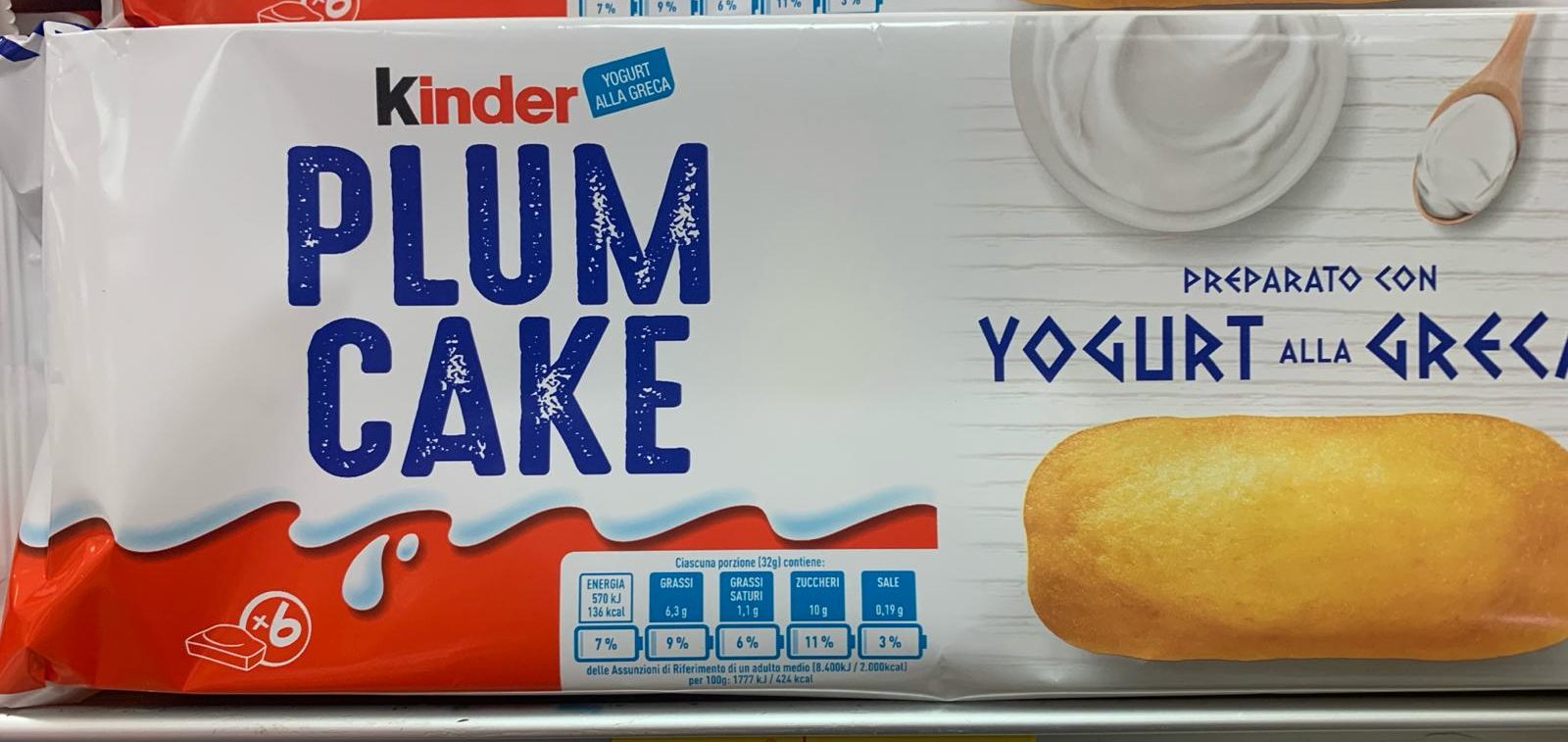
In short, it is a joke… which eminent scientists from CREA (Food and Nutrition Research Center, previously named INRAN, National Food and Nutrition Research Institute), ISS (Higher Institute of Health) and various researchers have supported wholeheartedly, even with some ‘scientific’ publications. There have been very few downloads of the NutrInform Battery app in its two years of existence, and the comments of those who have tried it are merciless. In conclusion, in Italy the battery label never took off and it was a total failure!
But how did we get into this situation?
What is the front-of-pack label useful for and why do the most important global health organizations (WHO, WCRF) hope for its adoption? They definitely want to help consumers make healthier food choices! On the contrary the food industry has no interest in protecting the health of the population, its aim is to sell its products, and an informed consumer would buy fewer products rich in sugar, fat and salt.
Professor WPT James, one of the greatest experts on nutrition and nutritional policies in the world, almost 30 years ago, said that the food industry has always stood in the way of a label (then it was called ‘traffic light label’) that could inform at a glance the consumer on the nutritional qualities of the products on the market.
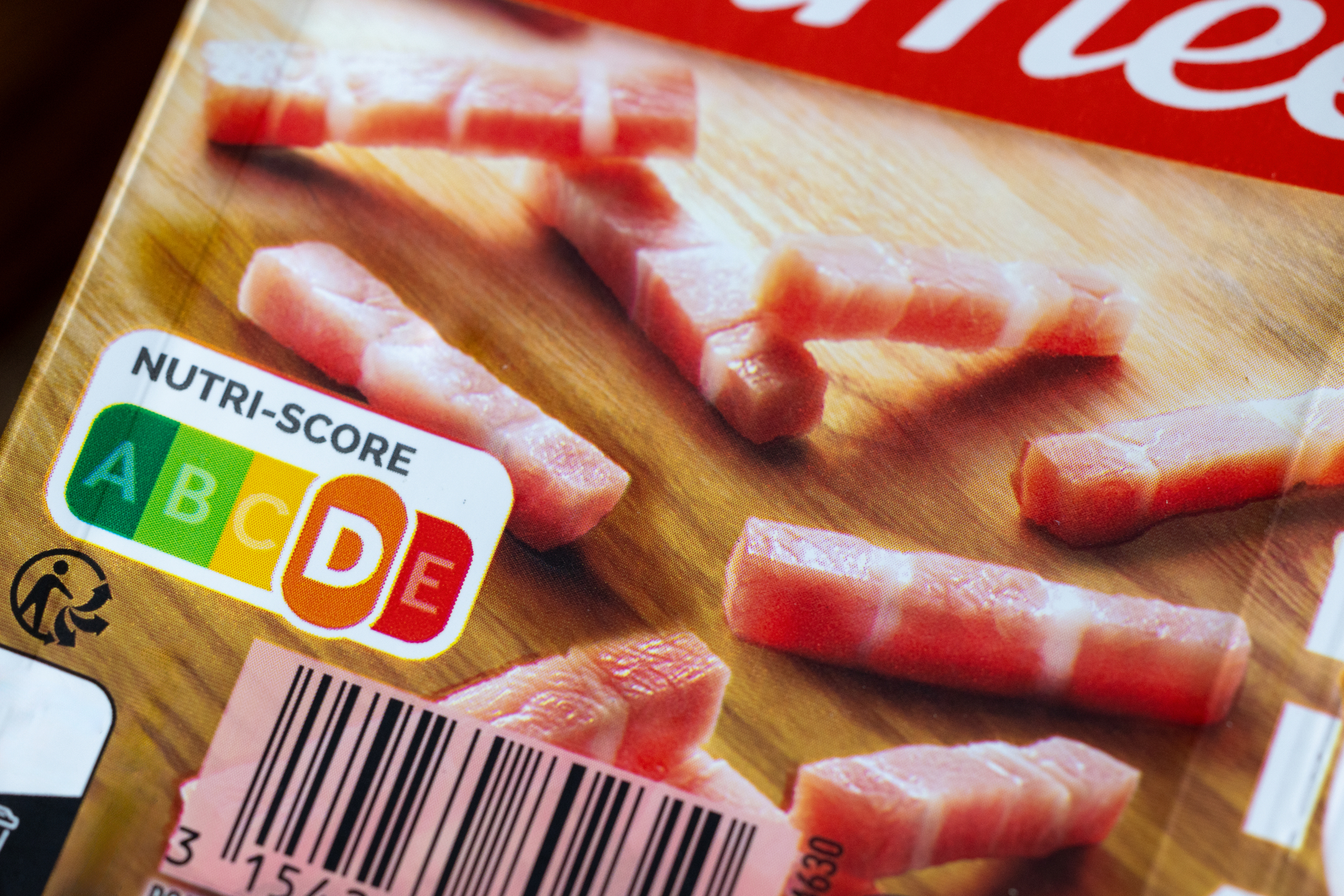
Until 2012, The European food industry spent more than a billion euros on lobbying to block the spread into Europe of the English traffic light label which is the forerunner of the French Nutri-Score. The latter, in fact, was created using the same algorithms that underlie the English label. The French food industry did their best to block Nutri-Score before its introduction in France, proposing an alternative label, but without success. The scientific community, the media, the public opinion and some enlightened politicians in France have managed to stand up against ANIA, the powerful French food industry.
The Italian food industry against the Nutri-Score label
In Italy, in order to block Nutri-Score, the food industry tried to play the same game: in 2020 it adopted a new alternative label, NutrInform Battery, even before 2-3 studies in support of it, paid by Federalimentare, were published.
It was a resounding success without a fight: the Italian label, without having been validated, was adopted in Italy in record time on the 7th of December 2020 through a legislative decree. NutrInform Battery is an optional front-of-pack label created in Italy by the food industry (Federalimentare) in collaboration with four ministries (Agriculture, Economic Development, Foreign Affairs and Health), the Higher Institute of Health and Crea (Research Council in agriculture and the analysis of agricultural economics).
In short, in Italy the food industry, with everyone’s connivance (‘experts’, media, politicians) has managed to impose a fake label on the front of the food package which is useless and incomprehensible to the consumer in order to achieve what the French food industry hadn’t been able to do. It doesn’t matter if no one in Italy knows or uses NutrInform Battery, the goal was to block Nutri-Score and that’s it! After that, Italian politicians and mass media thought about creating the tale of the French label against the excellence of Made in Italy and various nonsense that continues even today (see below).
So who is to blame for this situation?
How can it be explained that scientists from eight European nations (nine with the United Kingdom which laid the foundations of Nutri-Score with its traffic light labels) have recognized that the French label has such a solid scientific basis that they have adopted it in their respective countries, while in Italy all the ‘experts’ are against Nutri-Score and in favor of NutrInform Battery, an unvalidated and objectively unsustainable label? Europe moves forward and we make ourselves ridiculous with these falsehoods (see below) with the names of some authorities as references (president of CREA, former vice president of INRAN):
What are the criteria by which they appoint the presidents of CREA, Italy’s leading nutrition agency?
In Italy there are no conditions to implement serious nutritional policies for three reasons:
- There are no nutrition experts who are seriously interested in nutritional policies.
- The political class appears fragile, with rapid turnover and little authority to carry out the ordinary; it is unthinkable that it has the strength to promote public health initiatives, the results of which can only be seen in the long term, against the interests of the food industry (Federalimentare has over 180 billion in turnover, Coldiretti has 1.6 million members).
- All mass media, with a few exceptions, are managed by economic and financial interest groups. Therefore their mission is not to provide information, but propaganda, and Federalimentare or the various multinationals (for example Ferrero) can influence them in various ways, by lobbying and/or paying for advertising space… The journalists who lead various TV programs spontaneously align with the sponsor for their opportunities. For example, in 2022 Ferrero spent 300.000 euros a day in Italy on advertising campaigns and it has never happened that anyone questioned Nutella advertisements on national programs, as has happened in other countries.
Italy has a culinary tradition that has its roots in the Mediterranean Diet, one of the healthiest eating models in the world. Nonetheless, our children are among the most obese in the European continent. This is also the result of failing nutritional policies in which the Italian food industry – essentially – has led CREA, the ISS, the Ministry of Health and the Italian Government. This is clearly shown by the story of the Italian Nutrinform Battery front-of-pack label against the French Nutri-Score.
You can also read the article in Italian, Spanish and French.
© All rights reserved Photos: Depositphotos, Il Fatto Alimentare, Francesco Lollobrigida on X
Siamo un sito di giornalisti indipendenti senza un editore e senza conflitti di interesse. Da 13 anni ci occupiamo di alimenti, etichette, nutrizione, prezzi, allerte e sicurezza. L'accesso al sito è gratuito. Non accettiamo pubblicità di junk food, acqua minerale, bibite zuccherate, integratori, diete. Sostienici anche tu, basta un minuto.
Dona ora
medico nutrizionista





